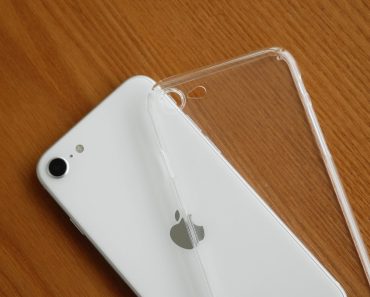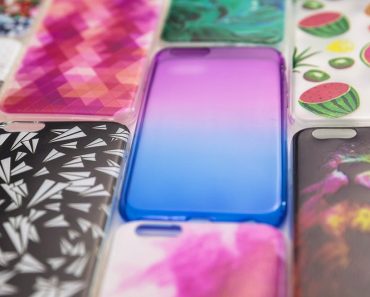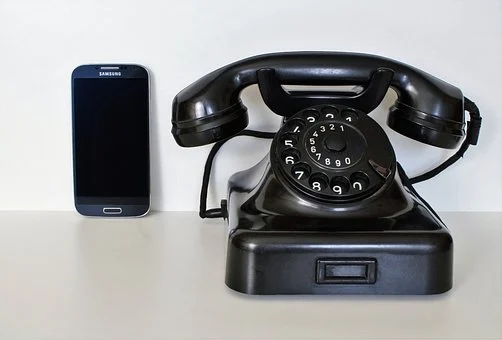We have compiled a list of tips and tricks that will assist you in maintaining your phone, ensuring that it remains in perfect working order, and extending the amount of time that it may be used.

1. Protect the phone’s screen.
Accidents do occur. We’ve all been there: you’re happily tapping away on your phone when it falls from your hand and breaks the screen. Furthermore, repairing the damage may be expensive.
Phones use brittle glass. Thin phones mean the glass can’t be particularly thick; therefore, utilizing more durable glass would raise smartphone prices. Touchscreens don’t operate as well through the hefty glass on smartphones.
The worst thing for a phone is crashing corner-first into rock, gravel, or asphalt. When a smartphone’s screen breaks, it has certainly been damaged multiple times, reducing its durability.
Screen protection is cheaper than screen replacement. Broken screens can cost hundreds, but screen protectors are cheap. A plastic film protector merely prevents scratches, so use tempered glass for cellphones. Impact-resistant tempered glass screen protectors feel like a phone without one.
It’s simple to replace a broken screen protector; often the phone itself is not harmed at all.
Even with covers and tempered glass screen protectors, phones are delicate. Avoid dropping, bending, and hitting the phone on hard surfaces. Every impact causes microfractures to proliferate. More microfractures mean a bigger impact will break the screen.
2. Protect the phone’s body with a protective case.
Protecting the phone’s body is also advised. Some iPhones have an antenna on the side. If the phone is hit in that location, the signal may diminish. Some versions have a glass back that should be protected. The case protects the phone’s camera from table scratches.
Cell phone cases are available in a rainbow of colours, allowing them to significantly change the look of mobile phones. They can also be created out of a variety of materials, including hard or soft plastic, metal, wood, or leather.
3. Maximise battery life by charging the phone correctly.
Smartphones use lithium-ion batteries. They charge faster, last longer, and have increased energy density, extending their lives. Lithium-ion batteries have methods of surviving longer. Wrong choices and charging techniques can reduce battery life.
Never charge your phone to 100%. Fully charge the phone, especially from low power, shortens its life. Never entirely drain your phone’s battery.
Charge your phone slowly. When you can, charge your phone for a few minutes. Continuously sustain 45–75% power. Using a phone all day and charging it overnight shortens its lifespan.

4. Look after your information security.
Smartphones hold a lot of user data. You don’t want your photos, messages, contact lists, usernames, or passwords stolen. Mobile privacy risks can be avoided by not losing your phone. Before smartphones, deactivating your SIM card helped if you lost your phone. Deactivating your SIM card no longer protects your information. Apple allows you to remotely clear the device’s data using iCloud and your Apple ID.
Passcode-protect your phone. A brief passcode or security pattern can prevent unauthorized entry. Someone trying to break into your phone will try apparent codes like 1234 or 0000. The latest smartphones may be accessed with a fingerprint or facial recognition.
5. Use the phone correctly in cold weather.
Winter complicates smartphone use in northern countries. Due to cold conditions, the chemical reactions in a phone’s battery slow down, and part of the battery’s energy is spent warming it instead of generating power. This is why cold weather drains phone batteries faster.
It’s a good idea to charge the phone before going outside and bring a portable charger to keep the battery charged for a longer excursion in the cold. Never charge a cold phone. If your phone is cold, don’t charge it.



